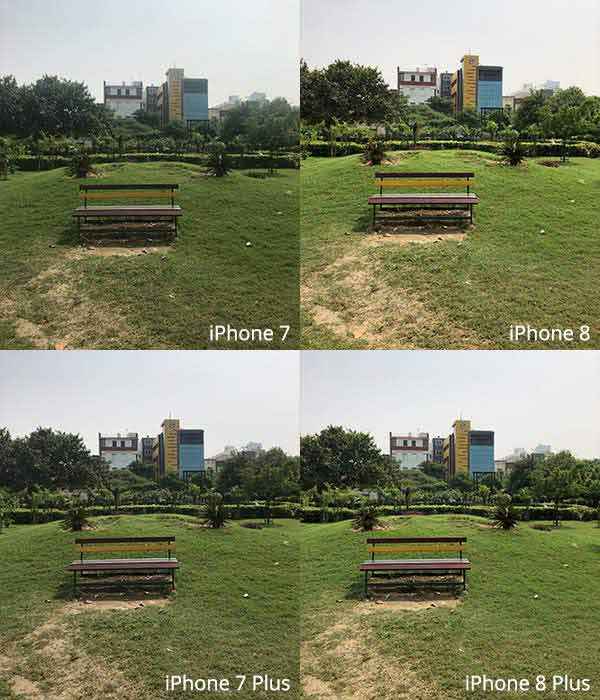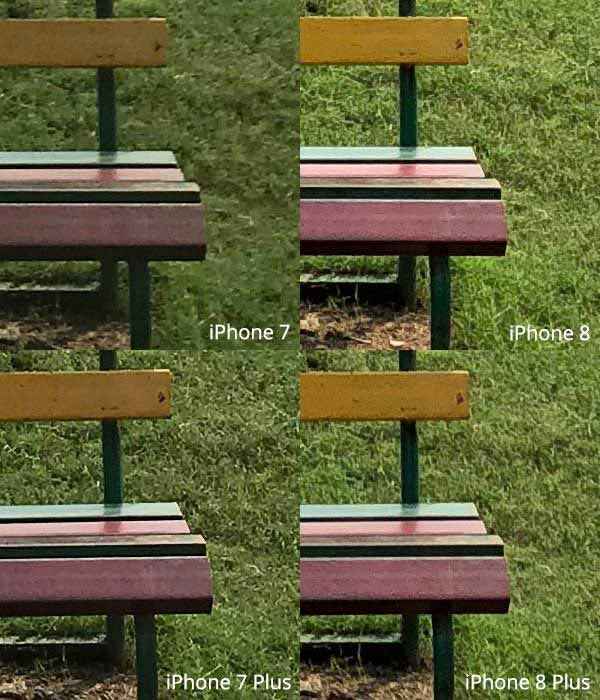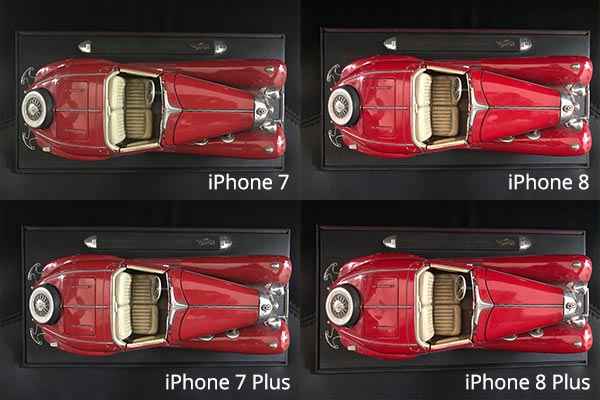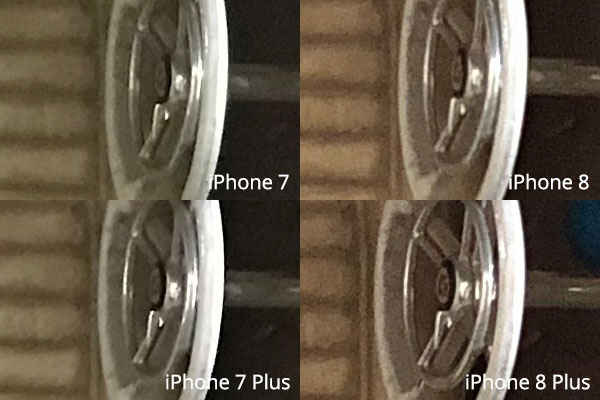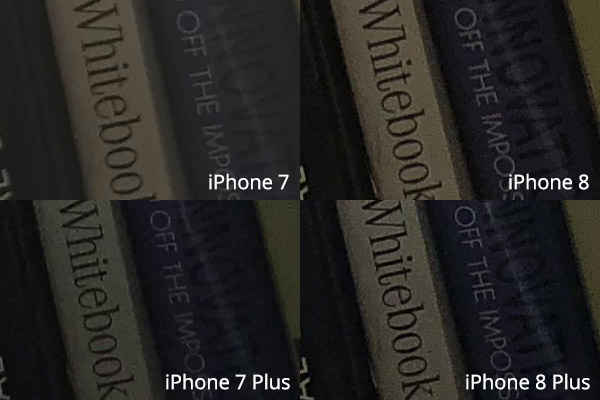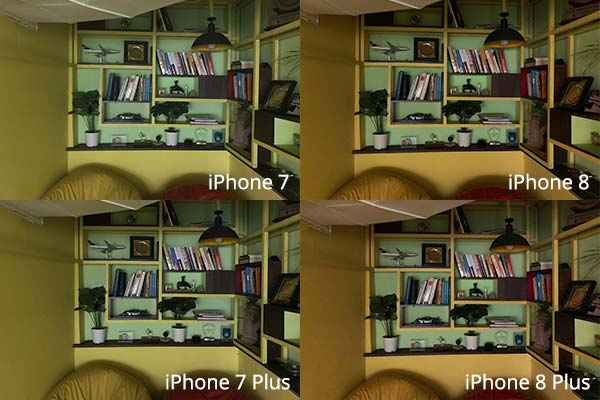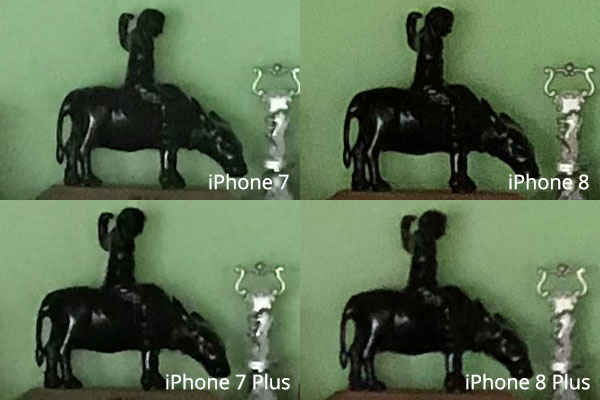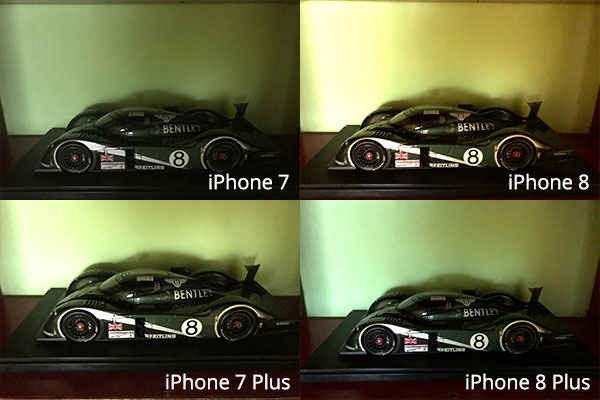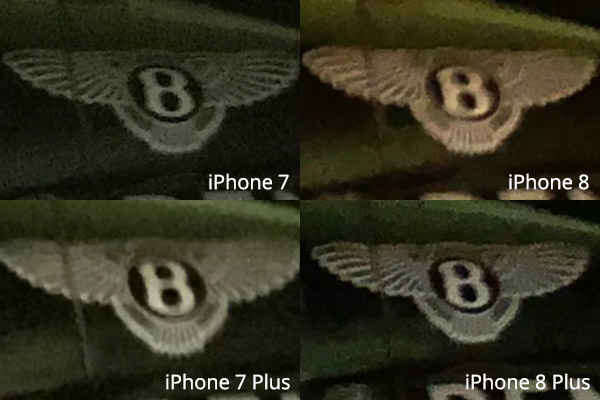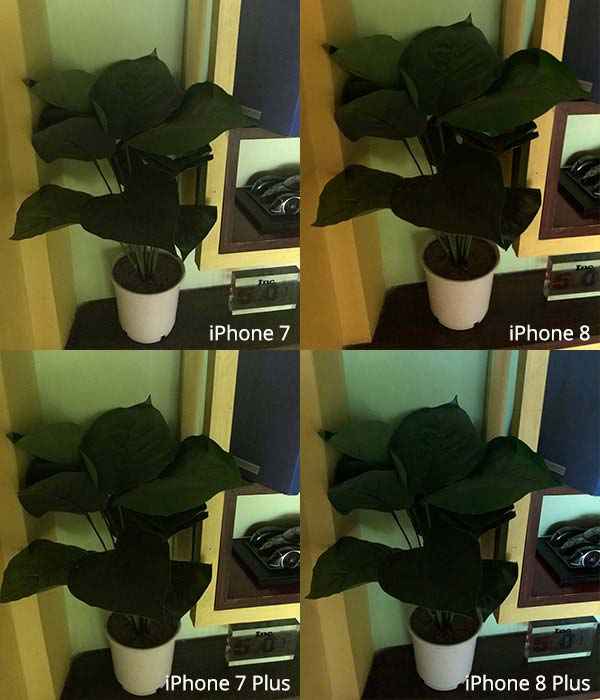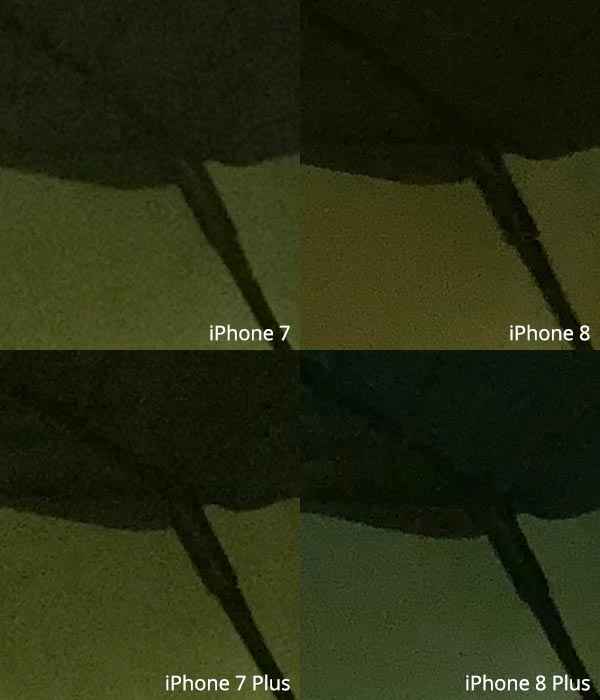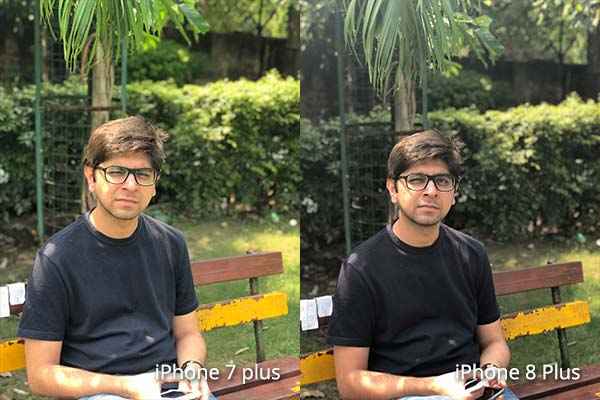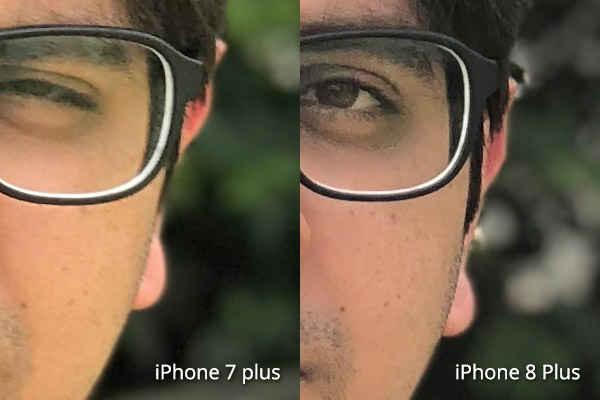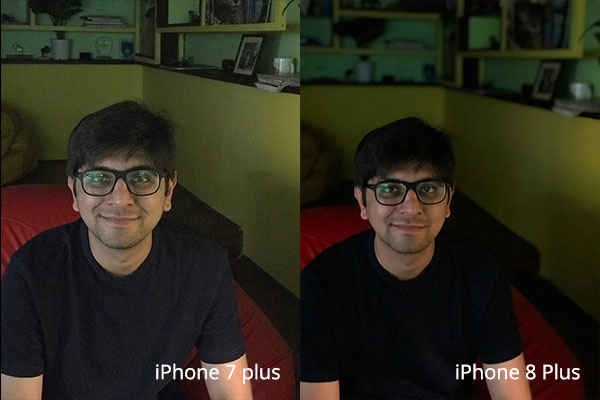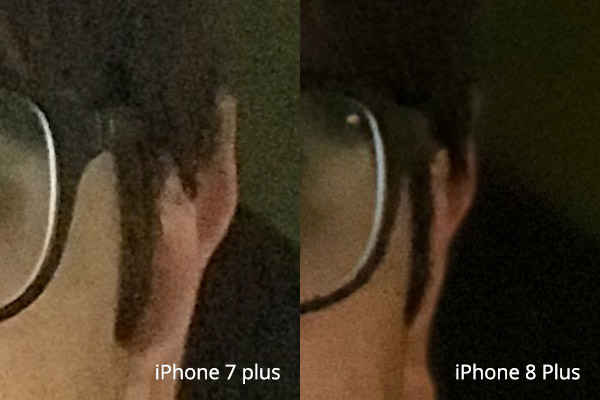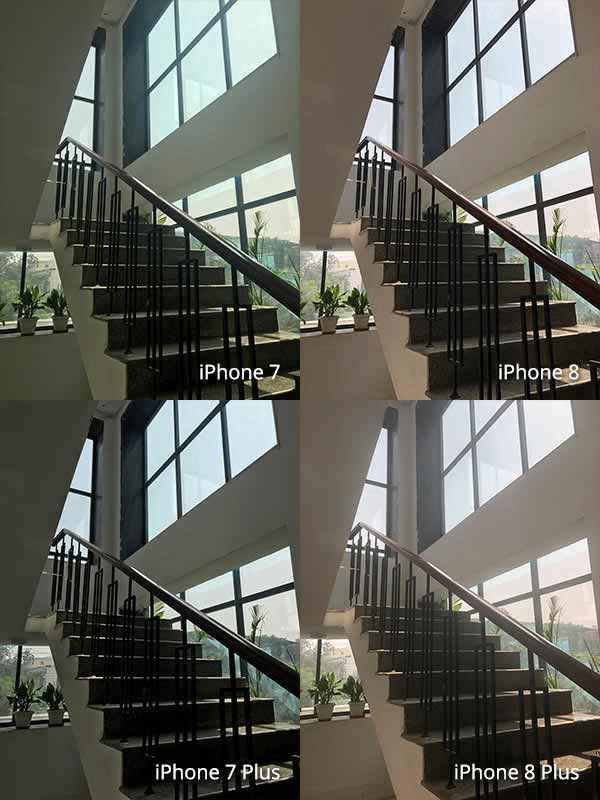Apple iPhone 8 vs iPhone 7: Rear camera comparison
The Apple iPhone 8 series promises two significant upgrades over the iPhone 7 series, the rear cameras and the all new A11 Bionic chipset that powers both the devices. We took the new iPhones for a quick spin and compared their imaging capabilities with the iPhone 7 series. Here’s what we found out.
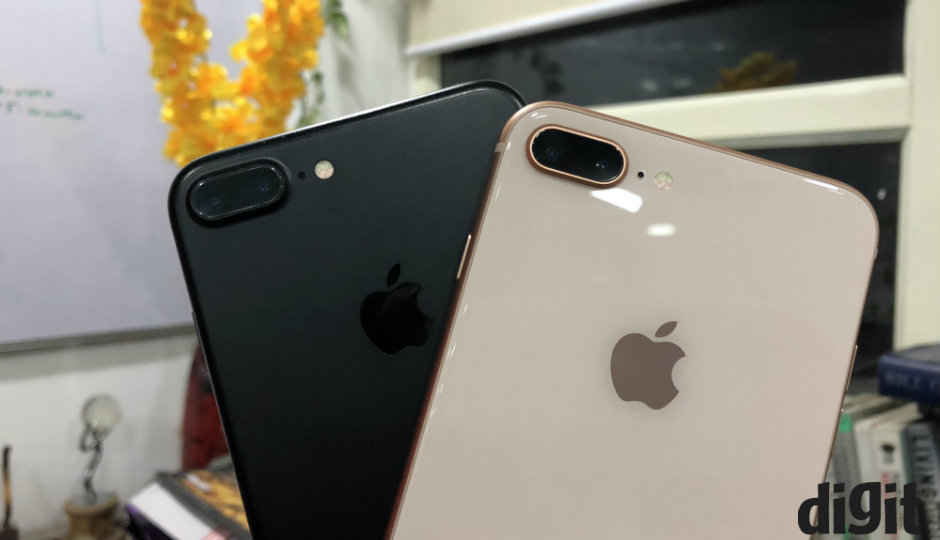
The new iPhones are upon us and while they are literally being launched under the shadow of the upcoming (and hugely anticipated) iPhone X that will go on sale starting November 3 in India, the iPhone 8 still holds a lot of significance for the Indian market. However, the big question is – is it worth the upgrade or has Apple saved the best for the iPhone X? In comparison to the iPhone 7, the camera on the iPhone 8 (and 8 plus) does offer measurable and evident jump in image quality. While a detailed review of the iPhone 8 and 8 Plus is under way, here’s a quick comparison between the iPhone 8 series and the previous gen iPhone 7 series. This comparison should help you gauge the improvements that Apple has made to the rear camera.
 Survey
SurveyWhat’s changed on paper?
The iPhone 8 series packs larger image sensors and a reworked noise management algorithm. The iPhone 8 gets optical image stabilization, something that was earlier only offered in the larger “plus” variants. There’s a bunch of other software level improvements and tricks that Apple has added to the iPhone 8’s camera system. Before we get into the performance and comparison, let’s take a quick glance at all the specs.
iPhone 8: 12MP camera, ƒ/1.8 aperture
iPhone 8 Plus: 12MP wide-angle and telephoto cameras, wide-angle: ƒ/1.8 aperture, telephoto: ƒ/2.8 aperture, 2x optical zoom, portrait mode, new portrait lighting mode (beta)
Features common across both models:
Optical Image stabilization
Six‑element lens
Quad-LED True Tone flash with Slow Sync
Live Photos with stabilization
Wide color capture for photos and Live Photo
Improved local tone mapping
Noise reduction
Auto HDR for photos
Auto image stabilization
Image quality comparison:
Outdoor shot, under the sun
100% Crop
Indoor Low-light shot
100% Crop
Auto HDR shot
100% Crop
Low-light shot
100% Crop
Extreme low-light shot
100% Crop
Extreme low-light shot
100% Crop
Portrait shot in day light
100% Crop
Portrait shot in low-light
100% Crop
Auto HDR Shot
Image quality analysis: Image quality has improved across the board (as expected). The most evident change comes in form of improvements in dynamic range, low-light capabilities and efficient noise management. Daylight shots taken from the iPhone 8 and 8 Plus consistently came out better in terms of colors, contrast and details over the iPhone 7 series. In low-light, the noise control does show improvements. Though, we also observed minor loss of details in certain shots, especially at the edges, which came out softer due to heavy noise reduction.
Portrait mode: In our low-light portrait mode test, the iPhone 7 Plus struggled to offer back ground separation, while the iPhone 8 Plus managed to get it right at every single instance. In day light portrait shots, we found the iPhone 7 Plus and the iPhone 8 Plus taking almost extreme positions when it came to skin tones. The iPhone 7 Plus had an overly yellowish tone while the portraits shots from the iPhone 8 Plus had a hint of unnatural pink tone to them. The newly introduced "Portrait Lighting Modes" (which act like filters), allows you to change the lighting of your portrait shot, giving you a bunch of diverse ways to light up your portrait shot. The fact that you can edit the light settings while shooting as well as after having shot the photo is a big plus. Even after the photo has been saved, you can change the lighting of your portrait shots. However, the new offering is still in beta mode and some of its features (stage light and stage light mono modes) aren't fully baked. We expect them to get better over the coming months.
Speed of capture, focus and auto HDR: iPhones have always impressed us with speed of capture, and the iPhone 8 continues to lead the pack. Focus locking was almost instant and it did show improvement in speed and accuracy over the iPhone 7 series, especially in low-light scenarios. The new Auto HDR mode, which basically takes away the HDR option from the camera interface, letting the ISP automatically evaluate the scene and make the decision for you, does function as expected. Though, you can get back the HDR control by turning "Auto HDR" off from the camera settings menu. And we suggest you do that.
Is it a "Big" improvement?
Photography enthusiasts will surely notice the improvements across the board, which sum-up to offer a better overall rear camera. For the rest, the iPhone 8 and 8 Plus will offer major improvements in low-light scenarios. iPhone 7 users might not have enough incentives to upgrade to the new iPhone 8. However, if you are using an iPhone 6 or 6s, the iPhone 8 will surely be a significant upgrade in the camera department.
Other observations: While testing and comparing the camera, we observed a couple of very evident improvements over the iPhone 7 series. The display has got better, especially with the true tone feature that makes adapts the overall color tone to the ambiet light and comes handy in low-light scenarios when you want to minimize the glare. The audio output from the speaker is significantly louder and has better fidelity.
Is it better than the rest?
We've just got going on a major camera comparison with all the flagship phones battling it out, we're also waiting for a special new comer (the upcoming Google Pixel 2) to join them. Stay tuned for a camera comparison between Apple, Samsung, Sony, Google and HTC.
Soham Raninga
Soham Raninga is the Chief Editor for Digit.in. A proponent of performance > features. Soham's tryst with tech started way back in Dec 1997, when he almost destroyed his computer, trying to make the Quake II demo run at >30FPS View Full Profile
